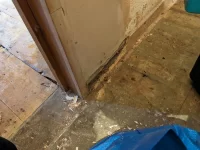You have reached the maximum number of views available on this site without registering.
Attachments
-
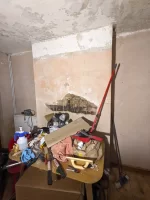 PXL_20250205_213004395.webp123.7 KB · Views: 44
PXL_20250205_213004395.webp123.7 KB · Views: 44 -
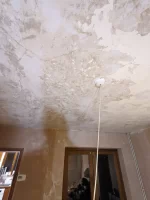 PXL_20250205_213014411.webp100.9 KB · Views: 45
PXL_20250205_213014411.webp100.9 KB · Views: 45 -
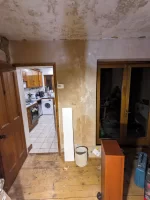 PXL_20250205_213029712.webp125.8 KB · Views: 37
PXL_20250205_213029712.webp125.8 KB · Views: 37 -
 PXL_20250205_213034093.webp105.6 KB · Views: 31
PXL_20250205_213034093.webp105.6 KB · Views: 31 -
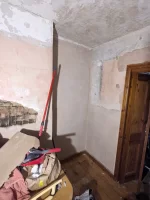 PXL_20250205_213036601.webp127.3 KB · Views: 34
PXL_20250205_213036601.webp127.3 KB · Views: 34 -
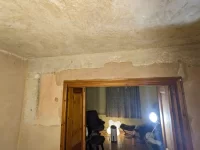 PXL_20250205_213041468.webp112.1 KB · Views: 50
PXL_20250205_213041468.webp112.1 KB · Views: 50 -
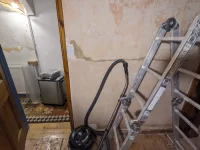 PXL_20250205_213048090.webp133.1 KB · Views: 32
PXL_20250205_213048090.webp133.1 KB · Views: 32 -
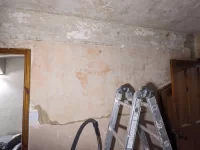 PXL_20250205_213050850.webp128.3 KB · Views: 30
PXL_20250205_213050850.webp128.3 KB · Views: 30 -
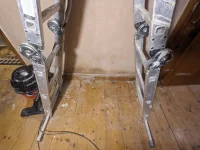 PXL_20250205_213055715.webp186 KB · Views: 30
PXL_20250205_213055715.webp186 KB · Views: 30 -
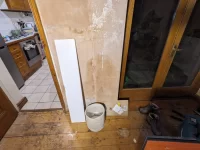 PXL_20250205_213101618.webp159.2 KB · Views: 35
PXL_20250205_213101618.webp159.2 KB · Views: 35

